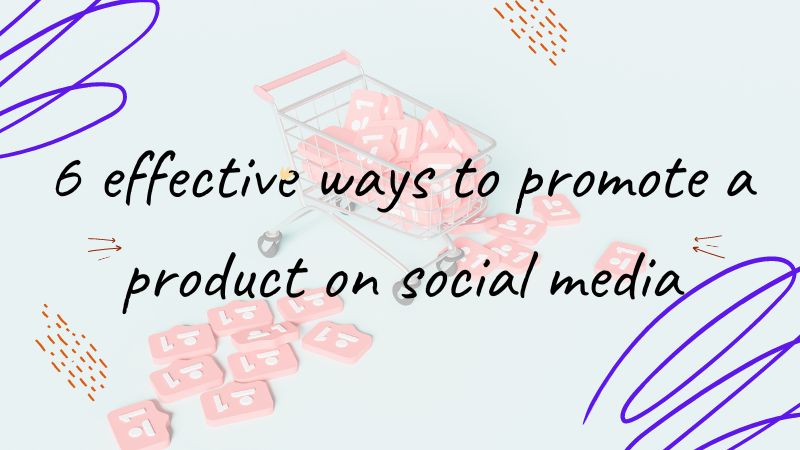Marketing warfare is gaining momentum. Social media has long ceased to be just a place where people share their thoughts, photos, videos, and memories of their lives. It has also become a battleground for companies ready to fight for each customer.
Most companies take social media for granted and do not achieve success on these platforms. However, there are those who are passionate about social media marketing. They utilize the opportunities embedded in these websites and promote their businesses in a thoughtful manner.
Social networks have taken over the virtual space. With the proliferation of leading services, entrepreneurs are doing everything possible to make a lasting impression on Internet users. They want to attract consumer attention, create interesting offers, and enhance product awareness.
Marketing on social media is by no means a promise of easy and immediate customer acquisition. To achieve real effects in online communication, it is necessary to act thoughtfully and consistently.
1. Increase integration with regular customers
The internet today is about mutual integration between a brand and its customers. User-generated content can be a valuable addition to a brand's website. Marketers have long known that people love to share photos and videos, so it makes sense to provide them with that opportunity. Rather than investing resources in a specific brand representative, you can have advertisements featuring many "ordinary" social media users.
It's no secret that photos of customers using a particular brand's product serve as free advertising. They increase audience reach, create natural buzz around the product, and thereby enhance its recognition. The brand, and therefore the product bearing its name or logo, gains authenticity among the masses.
User-generated content is also valuable for another reason: ordinary users are much better at inspiring and guiding potential buyers on how to use the product in practice. The best way to obtain user-generated content is through direct requests for sharing the brand on social media. However, to encourage internet users to share content, it is worth organizing contests or motivating them with attractive discounts.
2. Apply your product in practice
When browsing products in online stores, we often only see photos. The product is depicted impersonally: against a white background without any connection to reality. This is certainly a proven and appropriate way to present the range of products, but it is usually not enough. Now you can use media as an idea to position your product in the spotlight and subtly expand your advertising horizons.
For example, many of the top-selling and record-breaking companies release videos demonstrating how to use their products. There are also video reviews, tests, or comparisons with competing offers. Entrepreneurs invest time in YouTube or Vimeo channels to reach as large an audience as possible—their target customers.
3. Get Customers through Referral Links
Creating a referral program can be an effective way to promote your product in the market. Research confirms that referrals have real power. Customers are often inclined towards products recommended by their friends. Perhaps you have encountered a situation where a friend asks you about the brand and model of a recently purchased laptop, which bank is best for opening a business account, or how well a particular phone works.
Try using this mechanism by creating loyalty programs. These systems are not only used to reward the most frequent buyers. Ultimately, you can also reward Internet users who are most likely to share information about your products.
Is it difficult to organize a loyalty program? Fortunately, it's not. There are currently many ready-made systems that allow you to reward brand advocates and attract new customers simultaneously.
4. Ask Customers for Feedback
Utilizing the opinions of other customers is another way to promote your product. Asking for people's opinions is crucial as it creates trust in your offering. Essentially, the idea behind this is that potential customers seek real reviews before making a purchase or using a company's services, fearing being deceived. The truth is, potential buyers also want to validate their choice. Therefore, they often make purchase decisions based on the comments of other customers.
Mentions in the media, the number of social media followers, positive tweets, reviews from real customers, comments from subscribers of a popular blog—these are the "ingredients" of subtle yet effective marketing that builds trust and boosts sales.
5. Always Stay Connected
Maintaining constant communication with users on social media is the starting point for success. Make your company profile more accessible to your audience. Remember that your promotion strategy involves the need to interact with people. Show up on social media and actively engage with your audience.
Isn't it true that people are more likely to buy something from you if they know you?
It's important to understand that Internet users enjoy engaging in conversations. So, remember your fans and treat them with respect. Furthermore, appreciate not only positive feedback but also criticism. Regardless of the situation, respond politely to the needs of your target customers.
6. Share Valuable News about Your Brand or Product
It doesn't take much to make intrusive marketing messages counterproductive. When planning to promote your products on the market, in addition to social media, consider the benefits for your customers. Show that you are interested in them, that they matter to you.
How can you do this? Offer your audience useful tools, thematic research, practical infographics, inspiring ideas, vouchers, discount codes, or interesting industry information from external sources. You can also notify your fans about upcoming webinars or free podcasts. Most importantly, don't limit yourself to aggressive product advertisements!
Customer service on social media can benefit your brand. If you want to build good relationships with your customers, listen to them, be helpful, open, and polite. This is one of the simplest ways to stay in people's memory and ensure that it's your product they always add to their shopping cart.

